Micro/Nano Sensors and Actuators
Miniaturization requires novel actuator concepts with large displacement and work density as well as sensor devices with ultrahigh sensitivity.
At IMT research focuses on novel actuation concepts exploiting the multifunctional properties of ferroic materials such as ferroelastic shape memory alloys and ferroelectric nanofibers. The large effect size and good scaling properties of these materials enable smart actuation and intrinsic sensing on various length scales down to the nanometer regime. Novel sensor technologies are being developed including gas sensors based on ZnO nanofibers, biosensors based on surface acoustic wave devices and optical ring resonators.
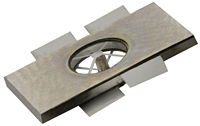
Shape memory alloys show very large strains exceeding 10% and, compared to other actuation principles, highest work densities in the order of 10 J/mm³. These properties are used for the development of novel multifunctional devices. Recent developments include grippers, valves, scanners and positioning devices.
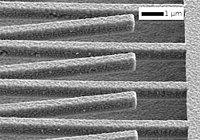
Research focuses on mechanically active nanostructures showing sensing and actuation functions. A key issue is the development of reliable processes for the fabrication of ferroic nanostructures with critical dimensions below 100 nm.
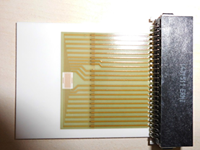
Currently, nanofiber-based universal smell sensors are the main topic of development. These electronic noses can be used in nearly every part of everyday life, e.g. indoor air conditioning, controlling industrial production lines, medical diagnostics, drug detection, food control or safety related applications like detection of explosives. This research combines nanofiber fabrication and integration as well as multivariate data analysis for multidimensional sensors.
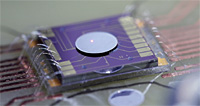
Levitation at the microscale completely eliminates mechanical attachment, and therefore friction, between parts in relative movement in micro-devices. Beyond the advantage of a larger freedom of motion, levitation overturns the domination of friction over inertial forces in the micro-world, offering the prospect of a significant increase in sensitivity at the micro-scale.
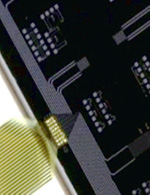
While a multitude of fluidic microsystems are in use everywhere, measurement and control of these is often performed with conventional sensors. It is aimed to develop and implement new and novel micro sensor systems as well as already existing devices to obtain fully integrated microsystems for different microfluidic applications.

